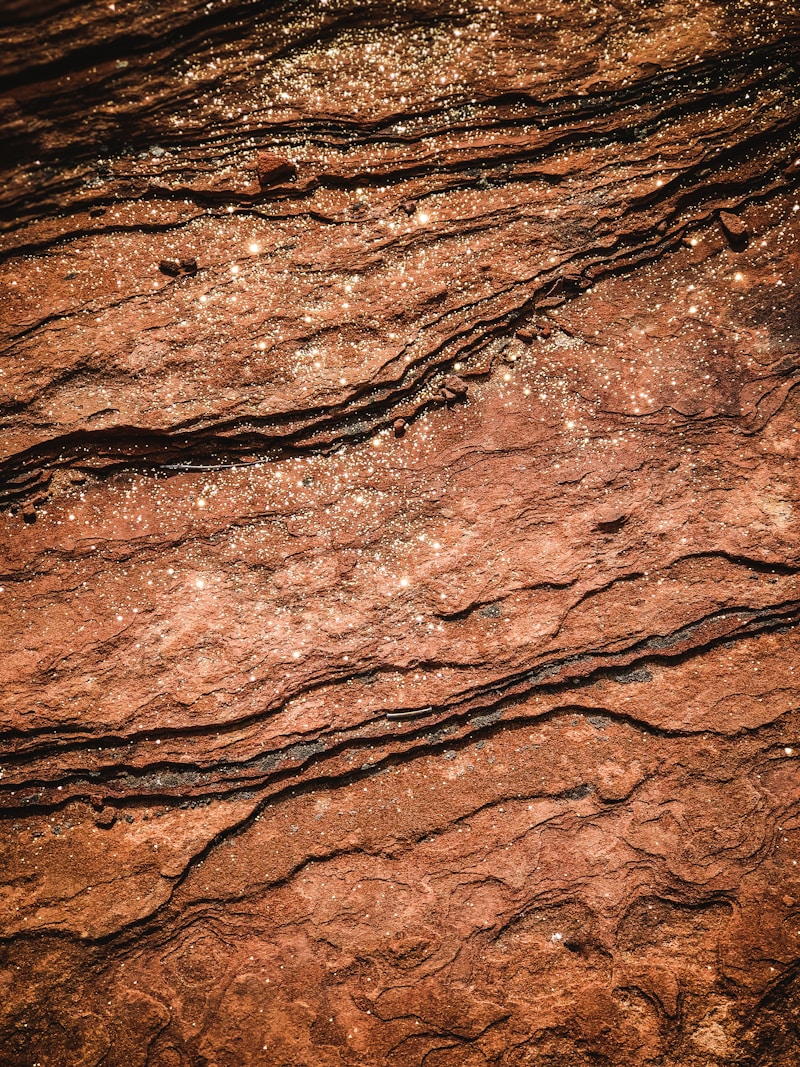Mastering the Art of Combining Colors with Textures: A Comprehensive Guide
Introduction
In the ever-evolving world of design, one element that ever remains crucial is the combination of colors and textures. Whether you’re designing a website, an interior space, or a fashion collection, understanding how to effectively blend colors with textures can elevate your work to the next level. In this article, we will explore effective strategies, tips, and examples of combining colors with textures to create visually compelling designs that stand out.
Understanding the Basics
Before diving into the intricacies of combining colors with textures, it's essential to understand the definitions and roles each element plays:
What are Colors?
Colors are the visual attributes of objects that result from the way they reflect light. Every color has its emotional and psychological impact, making it a powerful tool in design. For example, blue often symbolizes calmness, while red can evoke passion.
What are Textures?
Textures refer to the surface quality of an object, which can be perceived visually (through patterns and designs) or physically (through touch). The texture can influence the perception of color; for instance, a matte surface can appear different than a glossy one under the same color.
The Importance of Combining Colors with Textures
Combining colors with textures is crucial in creating depth and interest within your design. A flat color can be elevated with the right textural elements, adding dimension and enhancing the overall aesthetic. Here are a few reasons why this combination is essential:
- Visual Interest: Textures can make a space or design more engaging and invite the viewer to explore.
- Emotional Impact: Certain textures can evoke emotions that, when combined with color, create a powerful narrative.
- Balance: The right color-texture combination can create a harmonious feel in a design, achieving a balance that pleases the eye.
Effective Strategies for Combining Colors with Textures
Here are some strategies that designers can implement when looking to create stunning combinations of colors and textures:
1. Start with a Color Palette
Creating a color palette helps in defining the mood for your project. Use color theory as a guide. Complementary colors can create striking combinations, while analogous colors can offer a more subtle blend. Consider the following example color combinations:
| Color Combination | Effect |
| Blue and Copper | Modern Elegance |
| Red and Natural Wood | Warmth and Energy |
| Green and Linen | Calm and Nature-inspired |
2. Play with Different Textures
Mixing various textures—such as smooth, rough, shiny, and matte—can add layers to your work. For example, pairing a soft velvet fabric (which has a luxurious feel) with a coarse wool can create a dynamic contrast.
3. Focus on Proportions
The ratio of color to texture should be thoughtfully considered. Too much texture can overpower colors, and vice versa. Aim for balance; for instance, using a textured wall in a subtle hue can create a stunning backdrop while allowing colored decor elements to shine.
4. Consider Scale
Scale matters in design. Larger textures can create significant visual statements, while smaller textures add fine details. For instance, a large abstract painting with multicolored textures can serve as a focal point in a room decorated with softer, muted tones.
5. Experiment with Patterns
Incorporating patterns into textiles and surfaces can lead to interesting effects. Utilizing geometric patterns alongside textured surfaces allows for varied perceptions and creates a modern look.
Common Mistakes to Avoid
As with any design aspect, there are common pitfalls to be cautious of:
- Overwhelming the Design: Too many textures can compete for attention, leading to a disorganized look.
- Ineffective Color Matching: Failing to consider how colors interact with textures can result in clashing or ineffective combinations.
- Ignoring Scale: Using texture and color that clash in scale can lead to imbalance within your design.
Combining Colors with Textures in Different Design Fields
Whether in interior design, graphic design, or fashion, the principles of combining colors and textures remain consistent yet can be adapted to suit specific fields:
In Interior Design
Incorporating textures in home decor can add warmth and interest. Options such as a plush rug against hardwood floors can provide a tactile contrast, while curtains with intricate patterns can complement solid walls.
In Graphic Design
Graphic designers can incorporate textured backgrounds to make their designs pop. For example, a textured grunge effect in a vibrant color scheme can create a striking visual impact on posters and advertisements.
In Fashion Design
Fashion involves the seamless blend of colors and textures. Textiles like silk can pair beautifully with the bold hues of evening gowns, while denim textures can complement bright-colored streetwear.

Conclusion
Combining colors with textures is a necessity in achieving captivating and well-balanced designs. By understanding and implementing effective techniques, designers can create eye-catching aesthetics that leave a lasting impression. Always remember to start with a cohesive color palette, experiment with textures, and avoid common mistakes for optimal results. In essence, the right combination of colors and textures not only enhances the visual appeal but also allows expressions of creativity that resonate with the audience.
Whether you are an aspiring designer or a seasoned professional, mastering this art will undoubtedly enrich your design repertoire. Explore the possibilities, experiment, and don't shy away from pushing the boundaries of creativity!